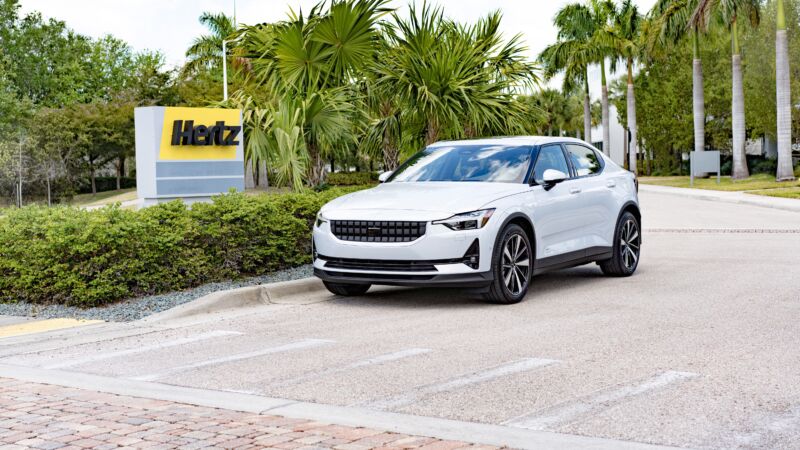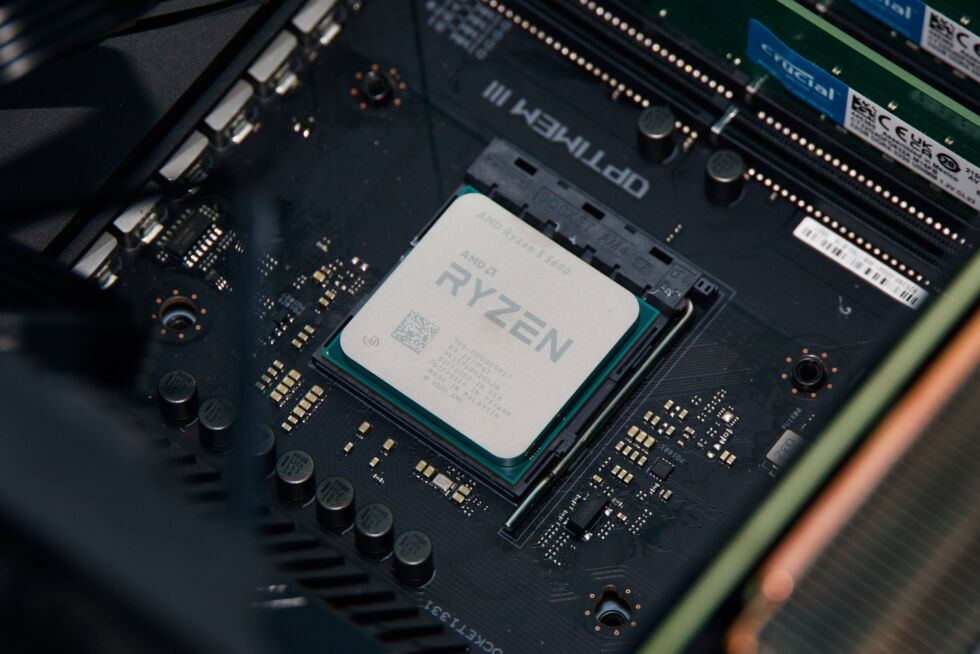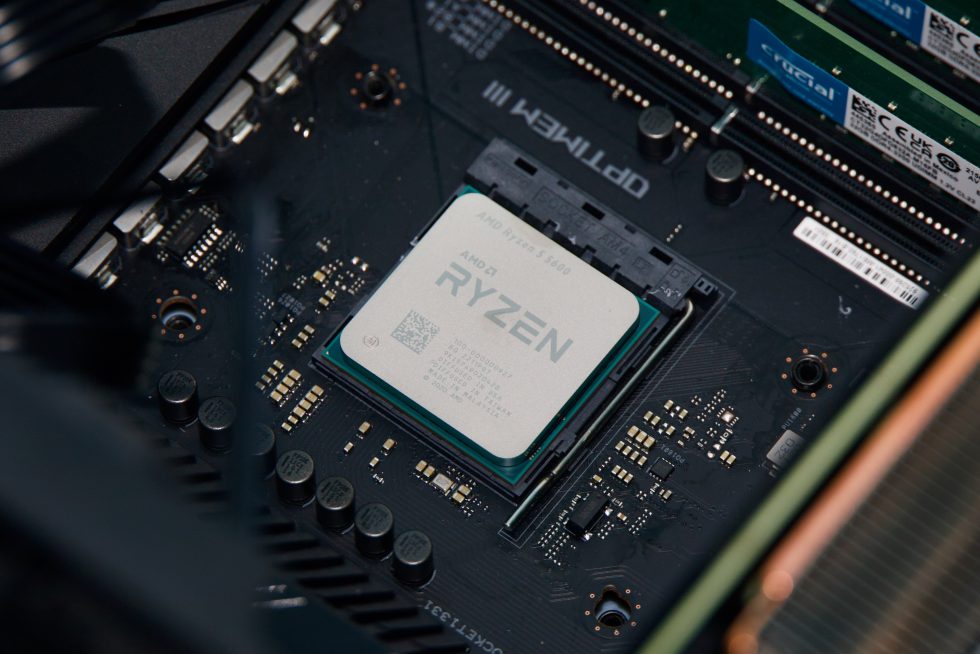
Enlarge / By the end of the year Hertz customers will be able to rent EVs from Polestar as well as Tesla. (credit: Polestar)
Car rental company Hertz is significantly expanding its electric vehicle fleet. On Monday it announced a new partnership with Polestar, the Swedish performance EV startup. If all goes to plan, Hertz will buy 65,000 Polestar EVs over the next five years to be deployed in Europe, North America, and Australia.
This is not the first big EV buy from Hertz. After filing for bankruptcy during the first few months of the pandemic, it’s back and well-capitalized and on a mission to electrify.
In 2021, Hertz announced that Teslas would make up more than a fifth of its US rental fleet by the end of this year, in a mix of Model 3 sedans and Model Y crossovers.












